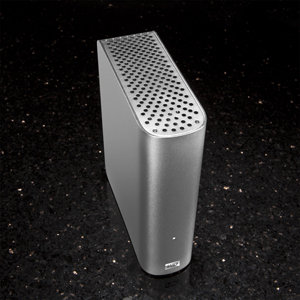I have several Small Business clients who “back up” their data by attaching large USB hard drives to their computers, and copying key files and folders to them. While this is an excellent way to archive or synchronize data, they are surprised when I tell them this is not really a data backup. Of course, they then ask me to explain the difference?

- Archiving – is when you make a complete copy of a folder and all its contents, usually to a tape, CD or DVD, and then store it for reference or future retrieval.
- Synchronizing – is when you have two folders, usually on different machines, and you take steps to ensure that every file and subfolder which is on one machine is exactly duplicated on the other.
- Backup – is when you store files and folders for protection against accidental deletion or alteration. In backups, you usually save multiple versions of the same files and or folders, allowing you to “roll back” to the way the files or folders were at a particular date or time.
Archiving and synchronizing save copies of files and folders.
- Archiving saves many copies of the same files and folders
- Synchronizing saves only the most recent copy of every file and folder.
Backups save versions of files and folders. Think of backups as the perfect combination of archiving and synchronizing.
- Like synchronizing, you always have the latest version of the files and folders you backup.
- Like archiving, you have every version of every changed file and folder in your backup list.
- Unlike synchronizing, you have every version of each file and folder, not just the most recent.
- Unlike archiving, you have only the versions of files that have changed since your last backup, not multiple copies of identical files.
In the “copy to large external drive” scenario above, archiving takes up too much space, since full copies of the entire target folder is required. Synchronizing lacks the ability to access previous versions of the target files — if a file is infected with a virus, then synchronized, you now have two versions of a bad file, and no good file to recover with.
A backup would allow you to select an uninfected version and copy it over the infected file. This is why we consider proper backups to be a key part of data protection, along with a good antivirus and firewall program.








